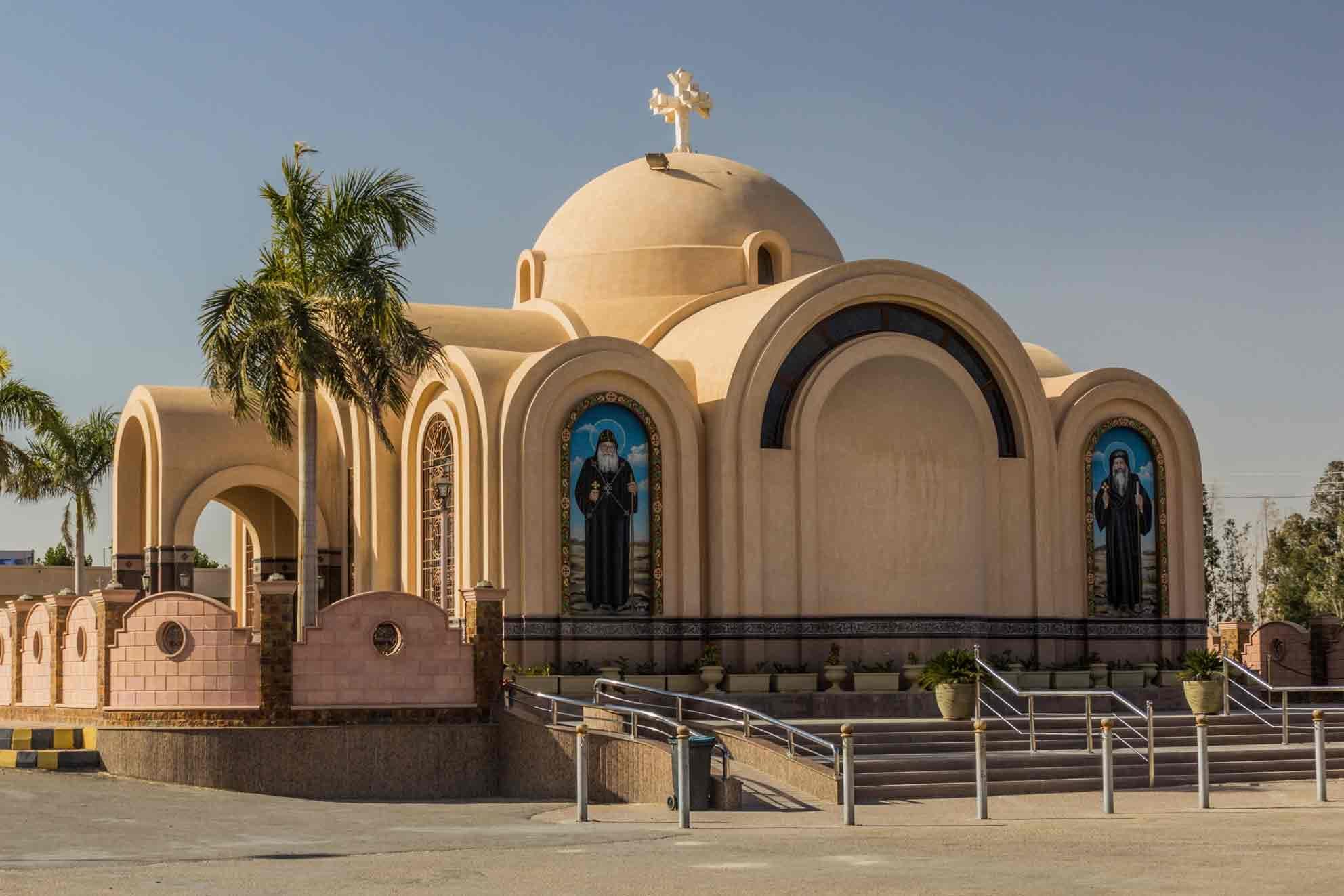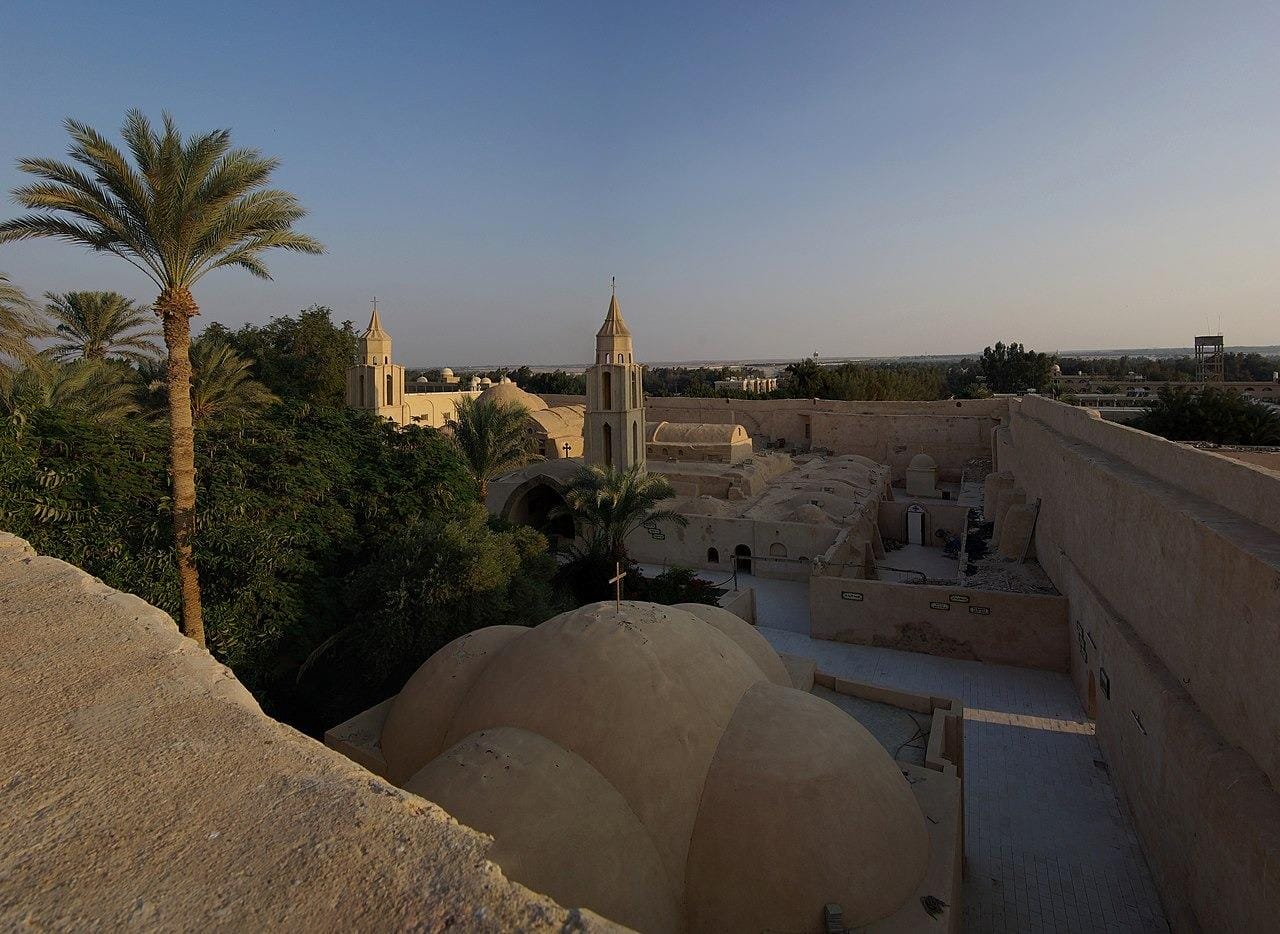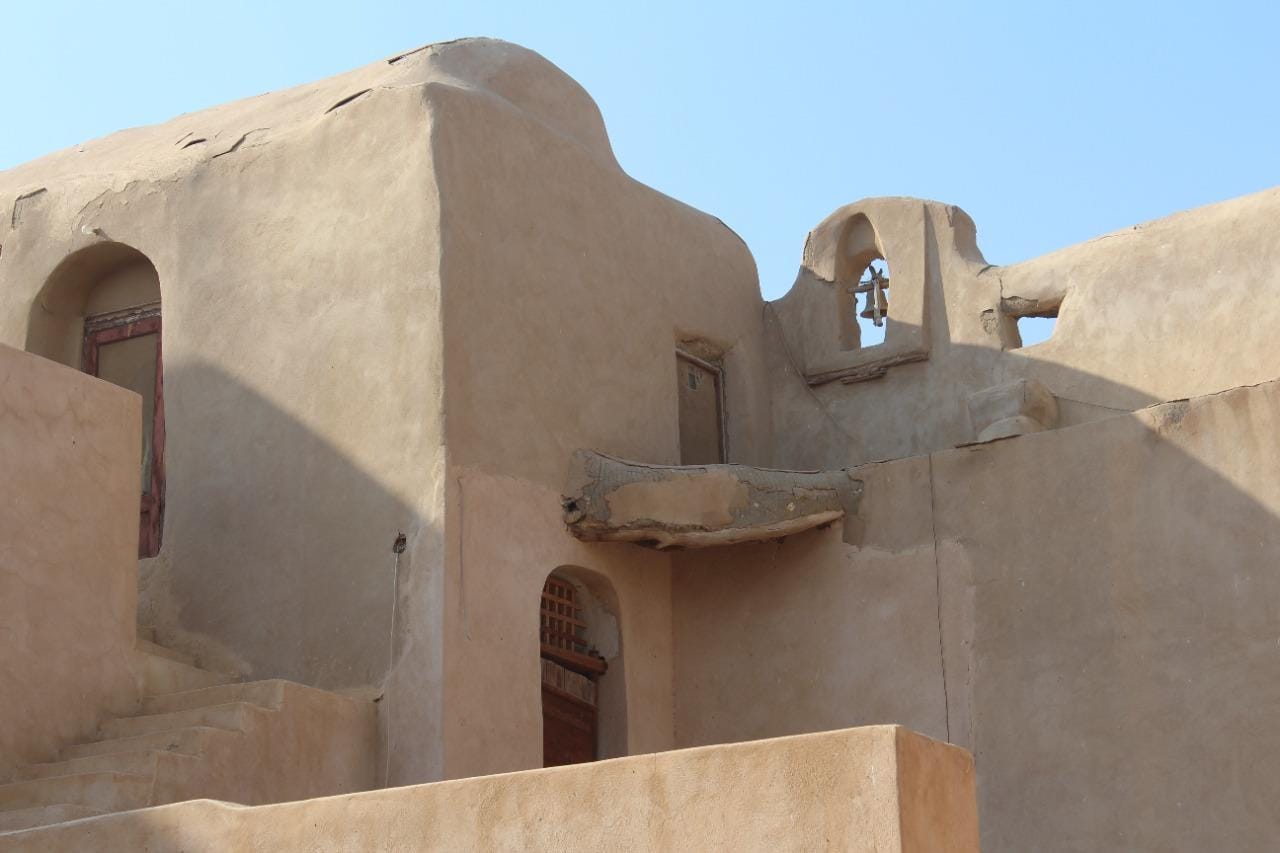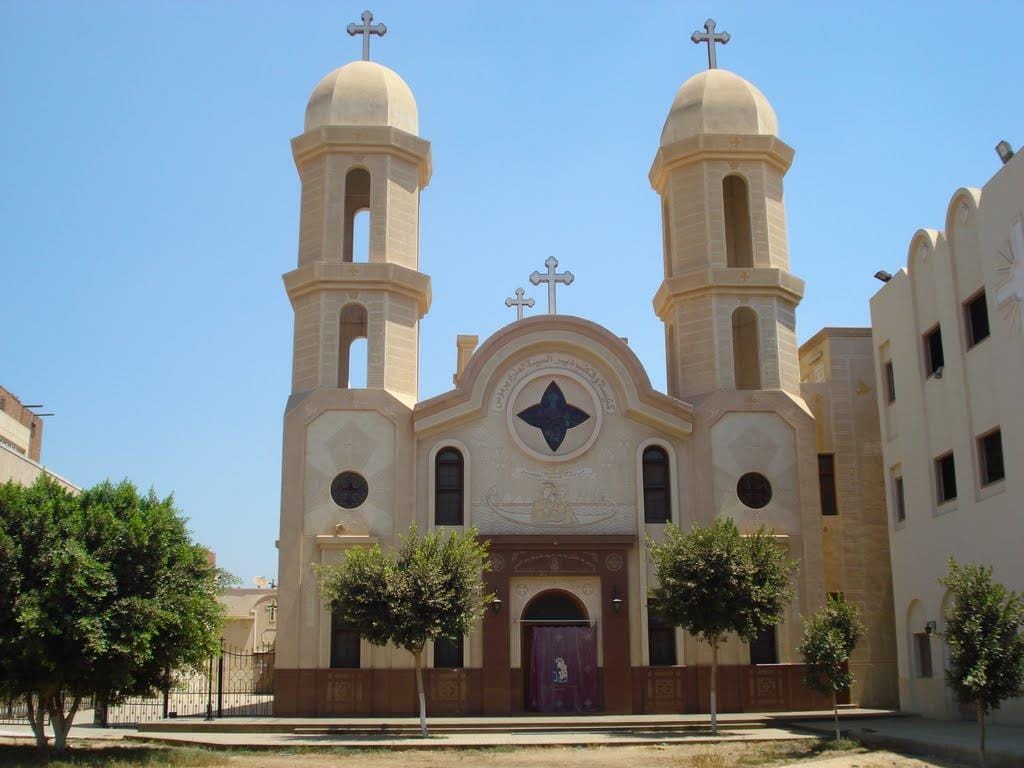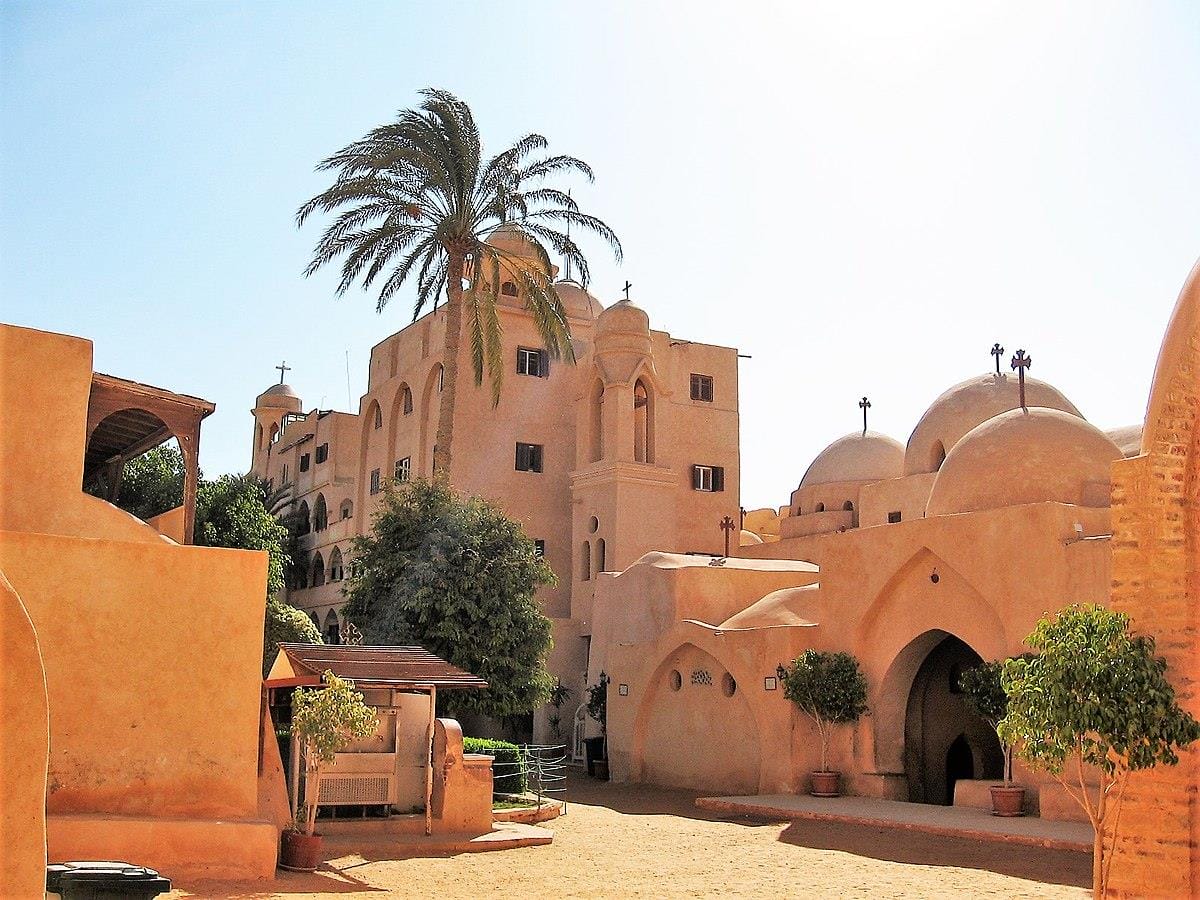Explore the Four Remaining Monasteries of Wadi al-Natrun
Ancient domed buildings with drawbridges, towers, and giant walls mark the landscape of Wadi al-Natrun, the epicenter for Christian monasticism and a prime destination for religious tourism. Since the 8th century, most Coptic patriarchs and bishops have been chosen from this area. In the 4th century, St Macarius chose to settle in this valley and was followed by thousands of people choosing to live a life of isolation in desert cells and caves. Over time and with challenges over beliefs, the monks separated, and new monasteries were built for different groups. The four remaining monasteries of Wadi al-Natrun are believed to be the earliest Christian monasteries in the world.
Saint Bishoy Monastery (Deir al Anba Bishoy)
Founded by Saint Bishoy in the 4th century, this well-preserved monastery has a sturdy tower and a 10-meter-high wall with two doors in the north and south of the compound. The monastery grounds include a large garden, a mill, a well, a residence for the Patriarch Shenouda III, several cells for the monks, and five churches.
Saint Macarius Monastery
This is the oldest monastery in the complex dating back to the 4th century when it was built by Saint Macarius of Egypt. In the 6th century, the Coptic Patriarch of Alexandria was exiled there which heightened its importance.
Al-Baramus Monastery
The monastery houses the well-preserved Church of the Holy Virgin, one of the oldest churches in the region with a massive enclosure wall covered with a thick layer of plaster.
Don’t Miss
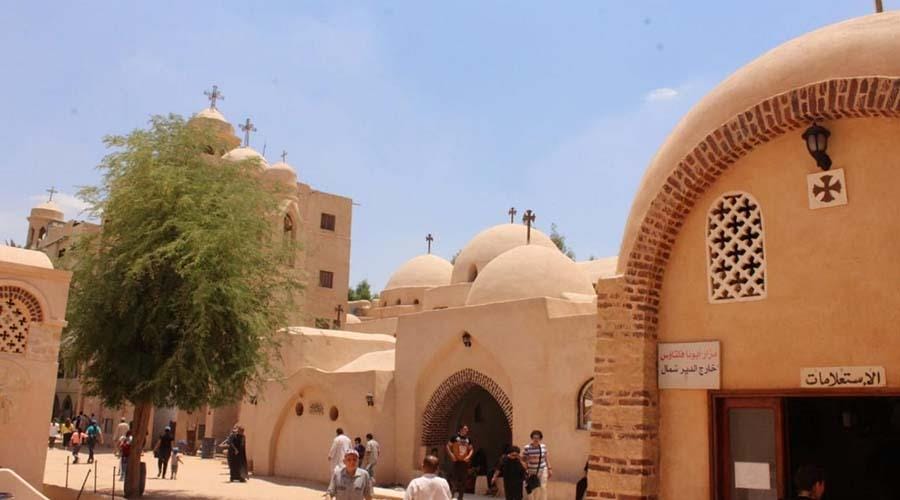
The Rock of Sarabamun
The limestone cave of the late Pope Cyril VI marked by twelve wooden crosses.
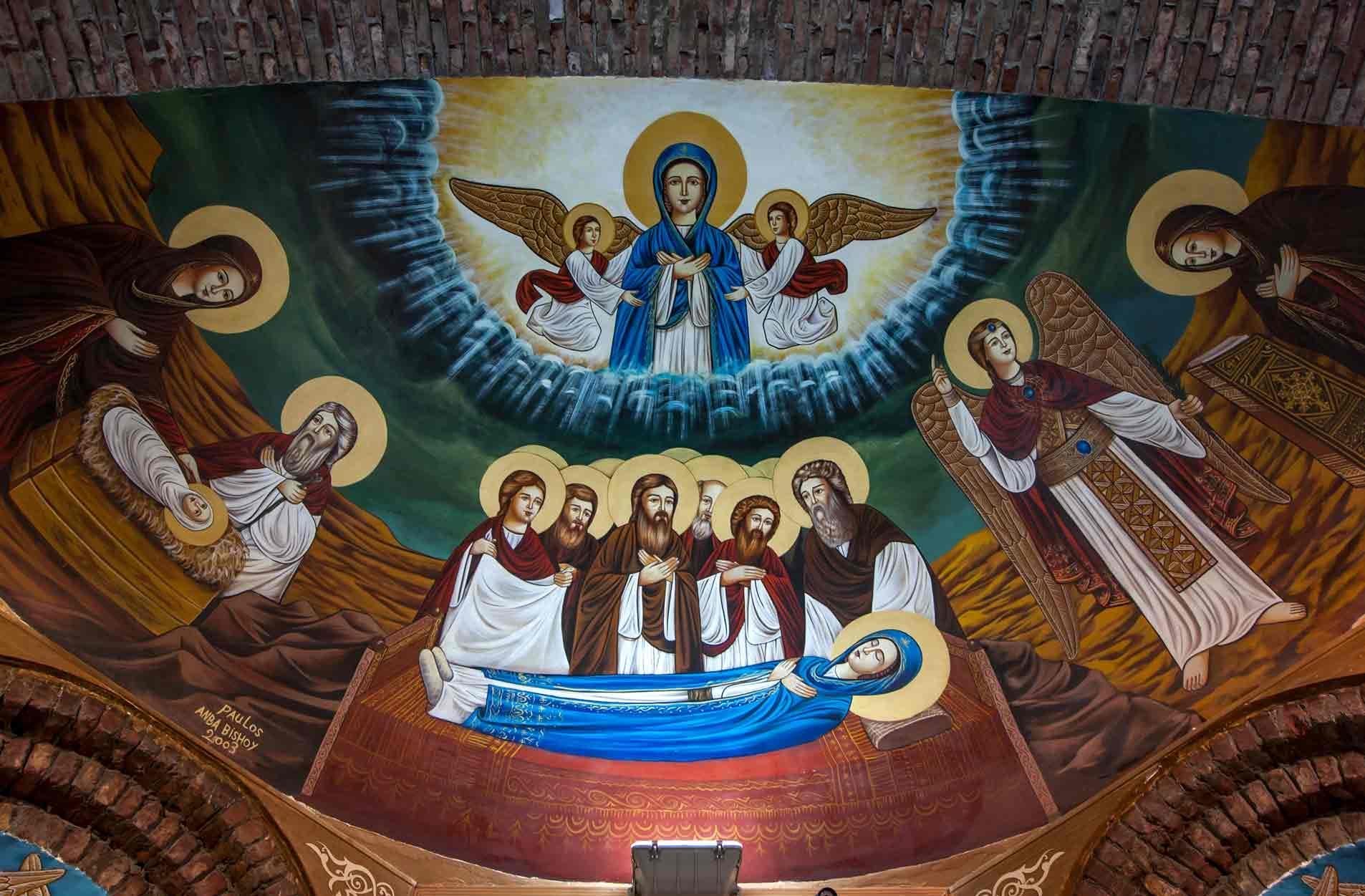
The Church of the Holy Virgin
Which contains beautiful monastic wall paintings of the Great Feasts from the medieval period and the relics of St Moses the Black, a 4th century monk who converted from a life of crime to living in isolation.
The Monastery of the Syrians
Dating back to the 6th century, this monastery was built by the monks of Saint Bishoy Monastery and sold to rich Syrian merchants who donated it to a group of Syrian monks. Over the centuries, Egyptian monks have replaced the Syrian population, and it now belongs to the Egyptian Coptic Church. The churches of this monastery were built in the basilica style and contain a large number of artifacts and historical treasures.
Don’t Miss
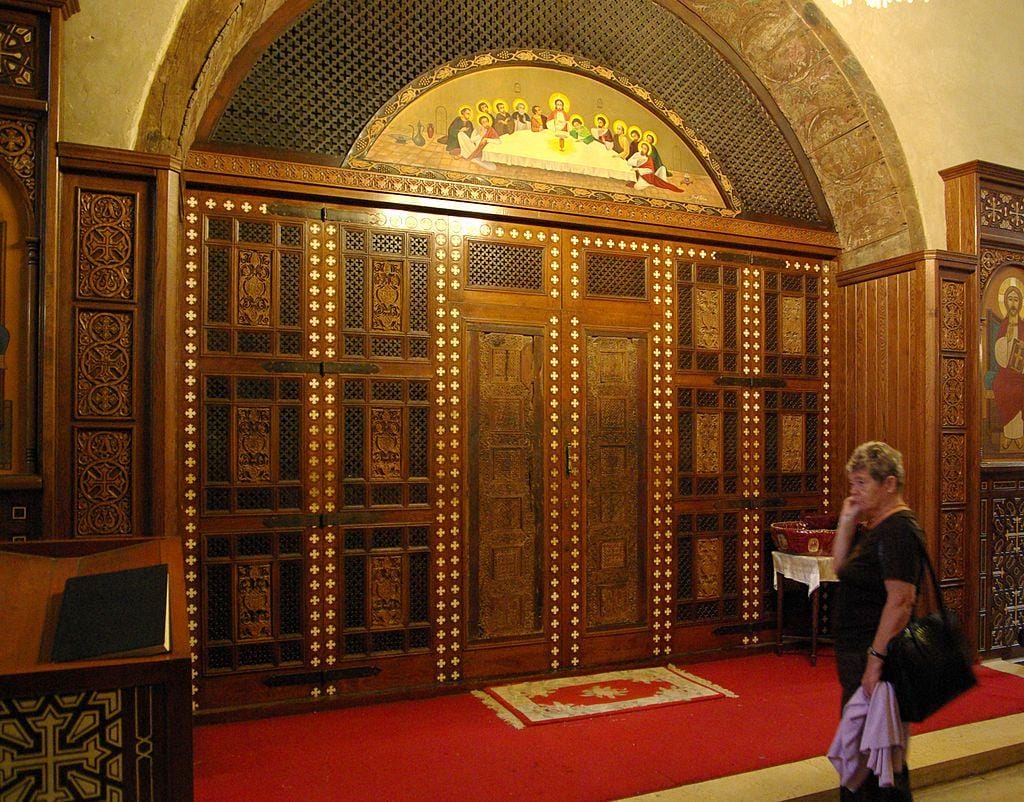
The Door of Prophecies
A large door featuring symbolic diagrams depicting the past and the future of the Christian faith as told by 10th century Christian monks.
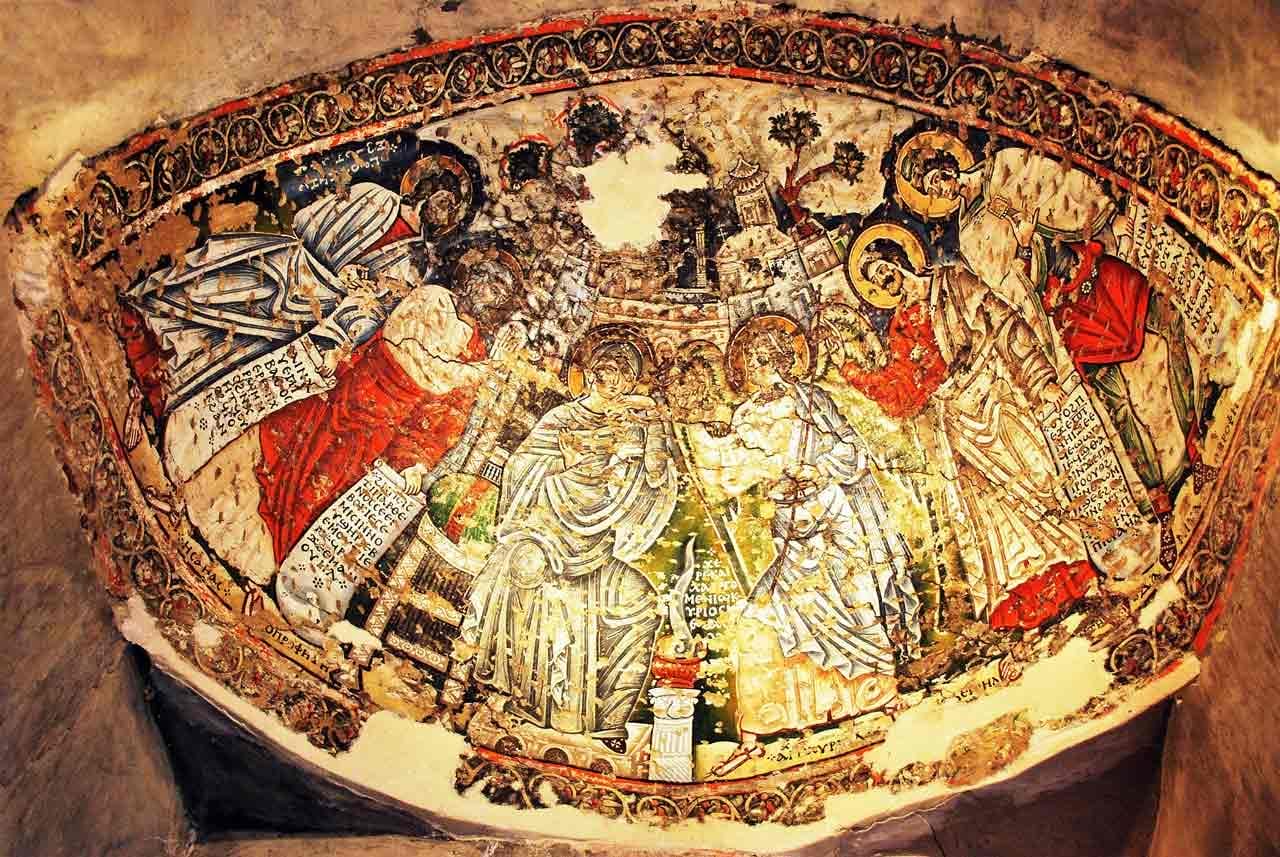
The Church of the Holy Virgin
And its wall paintings of Abraham, Isaac, Jacob, the Ascension of Christ, the Virgin Mary, the Twelve Apostles, Christ on his throne, and the unique masterpiece showing the Annunciation. A 10th century wooden door can be found in this church; it is made of ebony with ivory inlay and is considered a masterpiece of carpentry.
